Bedroom Paneling
Wall panelling ideas have come a long way and are no longer reserved to period homes. Now, wall panels go beyond full oak or tongue and groove options (although these are still about and looking great as ever) with many of the best finishes being more budget-friendly, sustainable and easy to DIY.
Whether you want to go classic or contemporary with shiplap or wainscoting looks, there's no better way to add more design interest to a room than with this wall covering. Plus, be it wood or MDF that you choose, wall panels can add to the natural shape of a room, enhance space and even insulate and protect walls.
This historical deco feature is timeless and sure to work in the bedroom, living room or even hallway space. We have you covered on everything from how to choose the right type of panelling, to different style considerations and even how much wall panelling costs.
1. Raspberry board and batten bedroom wall panels
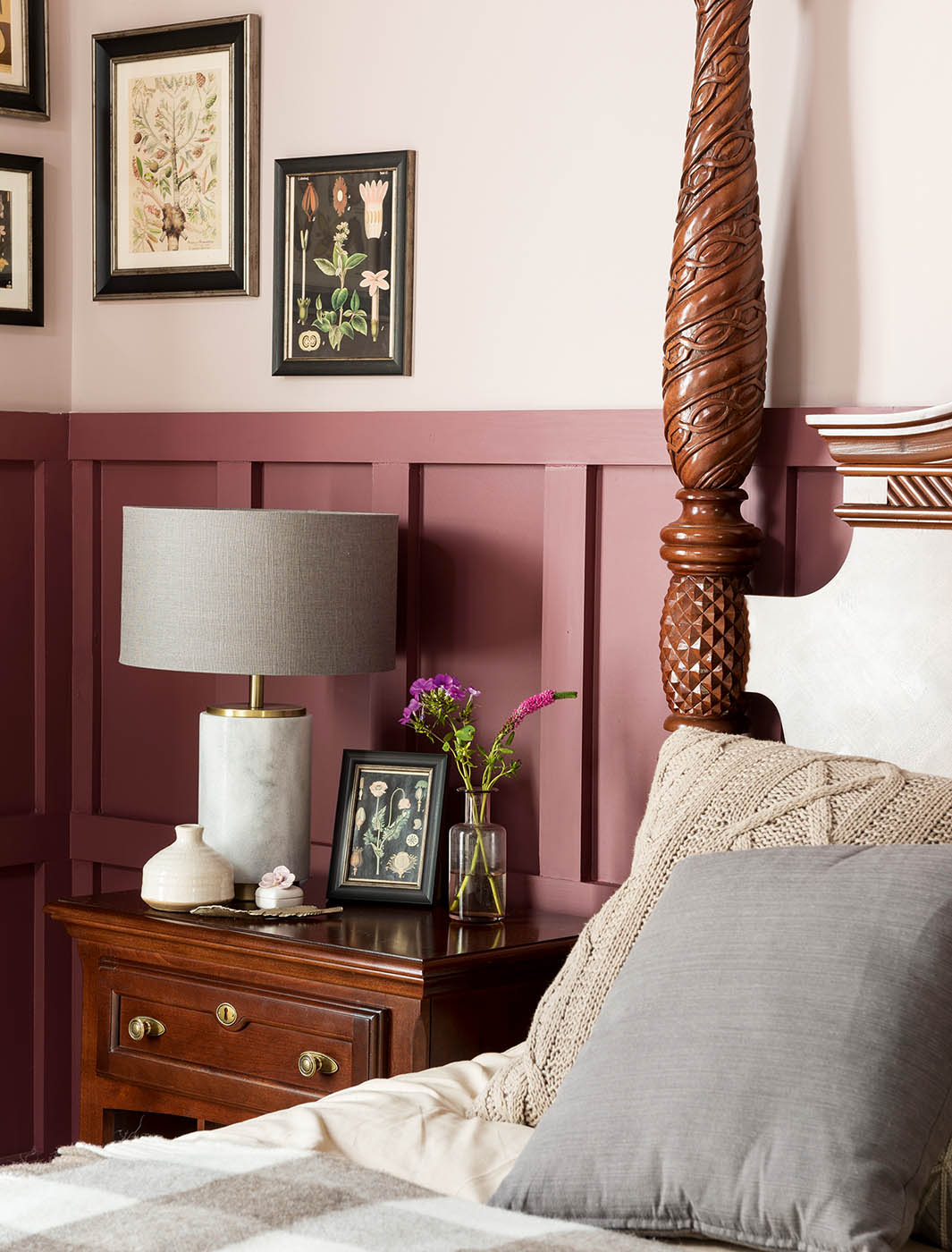
(Image credit: Jeremey Philips)
Intricate dark wood panelling is not to everyone's taste, and when used full height it can feel a little imposing. There are many more subtle options that go to dado rail height, like with board and batten panelling, and that can be painted in a softer more colourful shade to add warmth and interest.
2. Dado rail height wooden wall panels
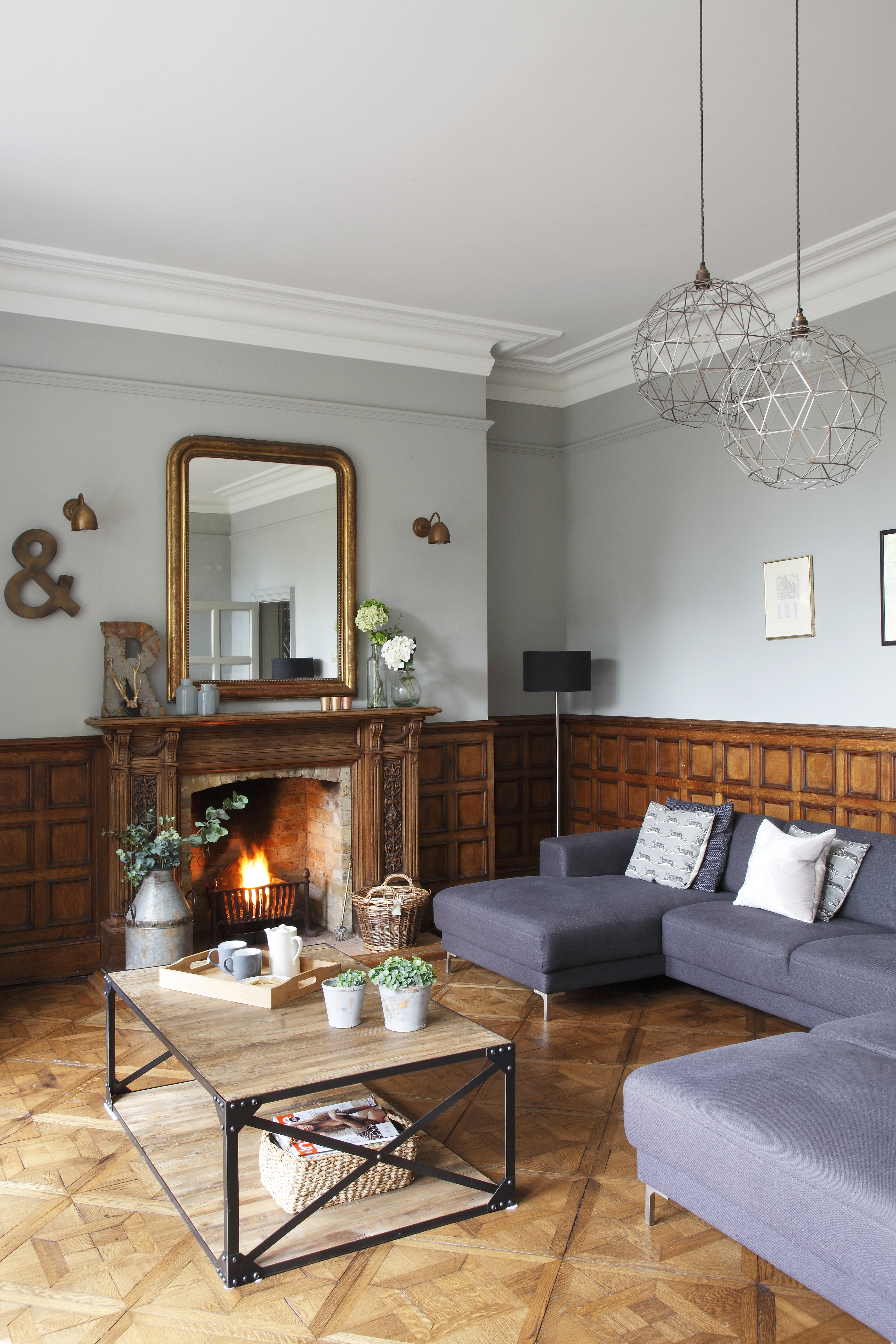
(Image credit: James Balston )
If you want a wooden, traditional look that isn't overpowering then half wall panelling ideas are a great move. Pair wood with more contemporary decorative additions in the rest of your space for a balanced finish, using the latest living room ideas and trends for inspiration.
3. Nautical shiplap wall panelling
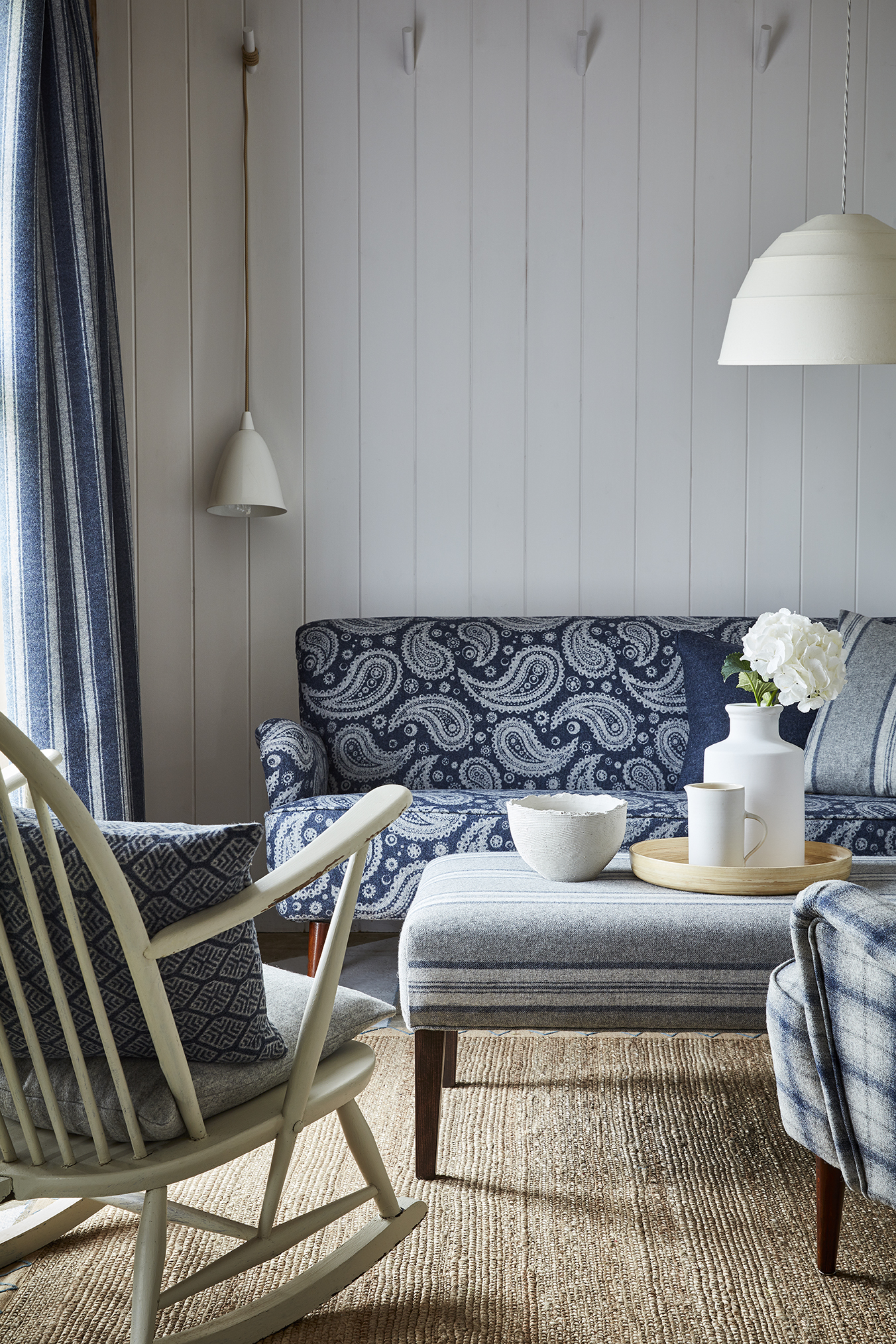
(Image credit: Ian Mankin)
Shiplap wall panelling is a great way to add a modern stamp to a space, especially if you paint yours with a fresh coat of white paint. It's also a pretty budget-friendly DIY if you're watching your bank balance.
4. Dark wainscoting wall panels
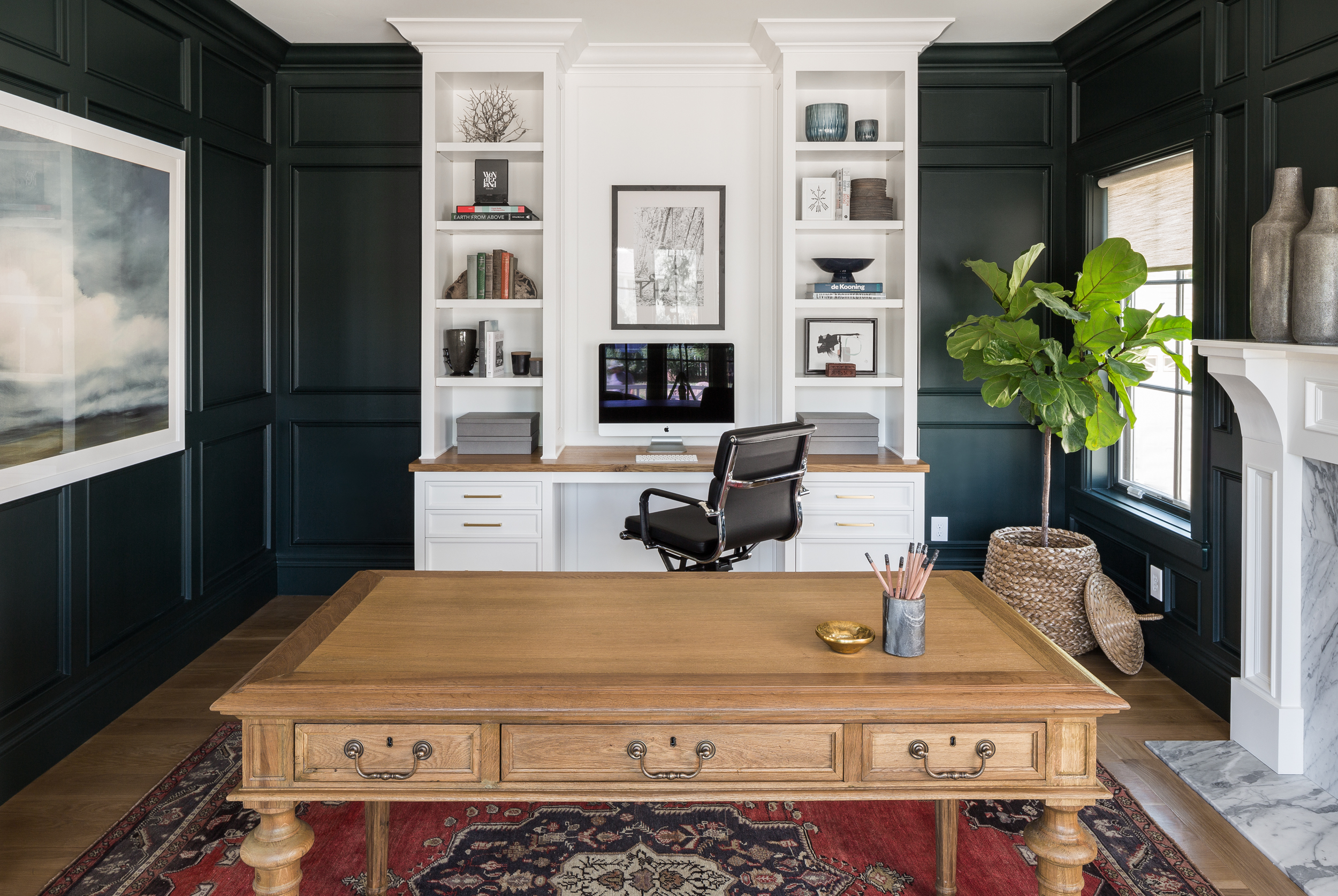
Project by: The Fox Group. Photography credit: Scott Davis.
(Image credit: Project by: The Fox Group. Photography credit: Scott Davis.)
Moulded wainscoting panelling adds depth to this home office. The contrast of dark walls with white furnishings adds a modern finish to the space.
5. Light grey bedroom wall panelling
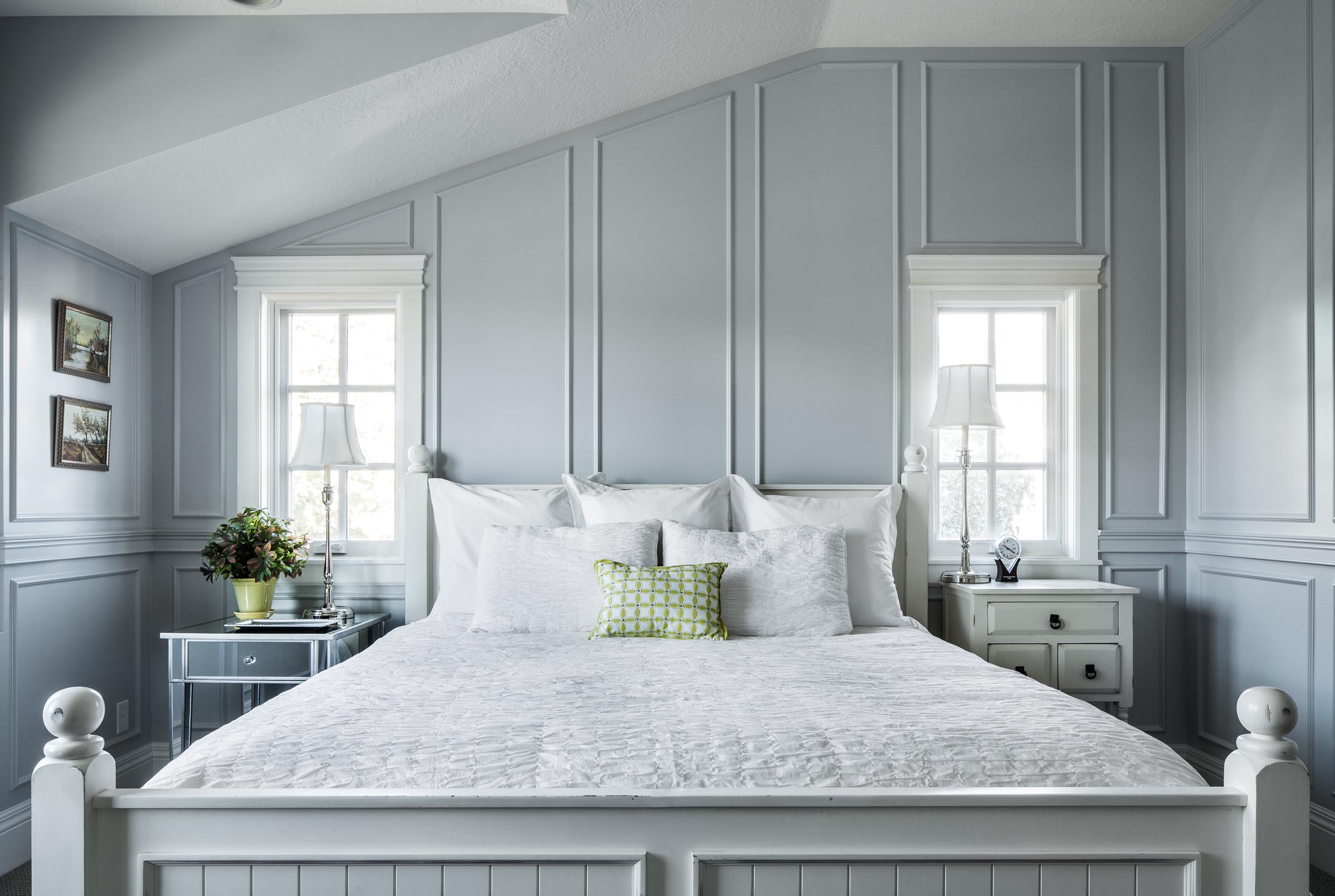
Project by: The Fox Group. Photography credit: Scott Davis.
(Image credit: Project by: The Fox Group. Photography credit: Scott Davis.)
Wall panelling can create soothing interiors so works well to decorate a bedroom space also. Try choosing a light colour for an even more relaxed space.
6. Sustainable wall panelling designs
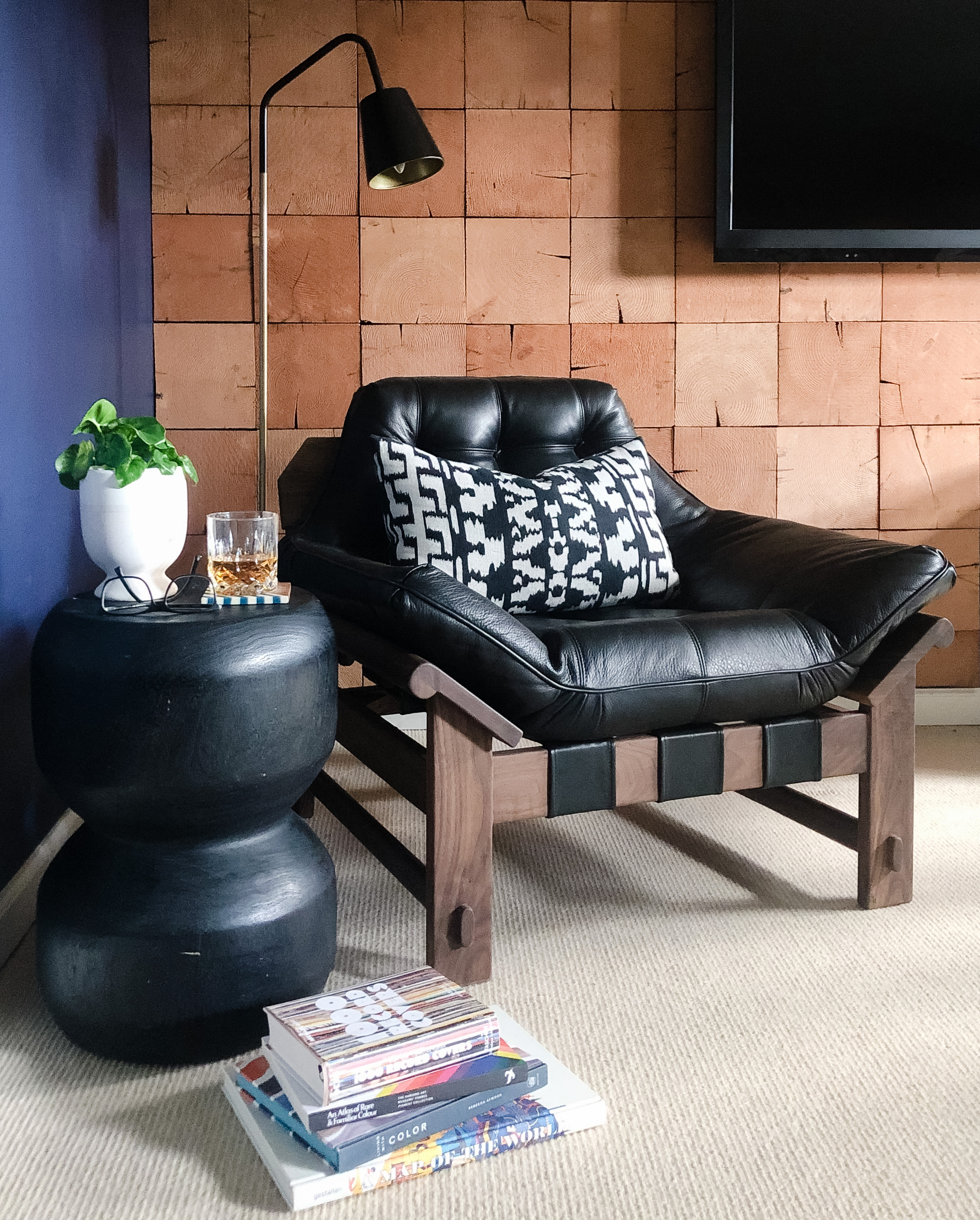
(Image credit: The Residency Bureau)
With many homeowners looking to improve their existing space with sustainability in mind, color and pattern enthusiast Amy Vroom of The Residency Bureau created textured wall panels from recycled wood tiles. 'For this Seattle basement, I wanted to add depth and texture to give an otherwise long room, dimension. By using recycled wood tiles at one end of the space, it created a focal point for the room and warmed up the cozy TV and reading area.'
7. Brightly painted Shaker wall panels
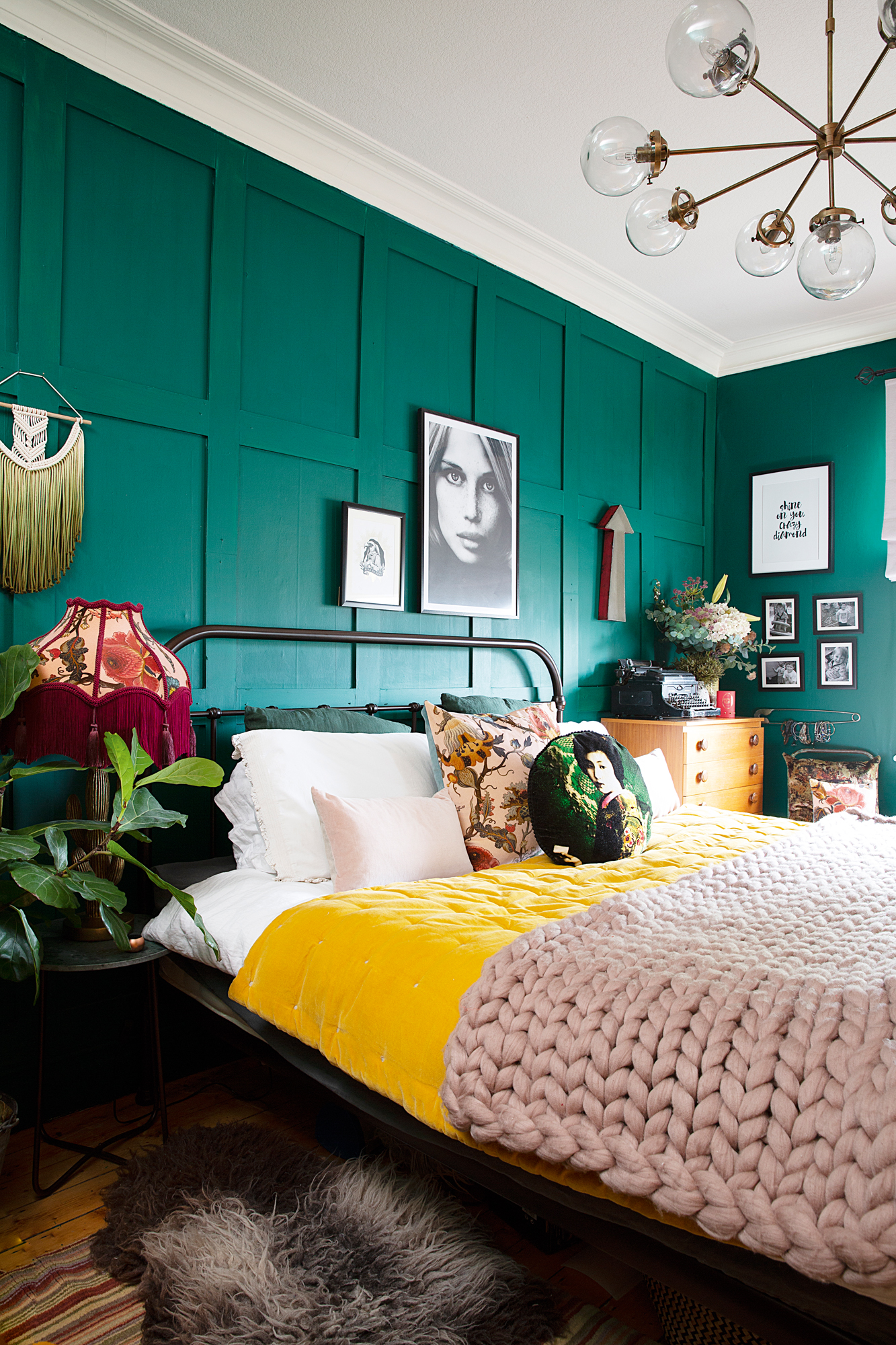
Painted wood wall panels give this bedroom a modern lift
(Image credit: Katie Lee)
Modern wall panelling is all about bright colours. We love this hot turquoise Shaker wall panelling in the bedroom which you could totally DIY.
Points of caution with this? If your interior panelling is original and in good condition, it's better to preserve it than paint over it; equally, intricate panel designs won't suit a bold paint colour, so if yours has already been painted, stick to a neutral paint shade.
8. Painted tongue and groove wall panels
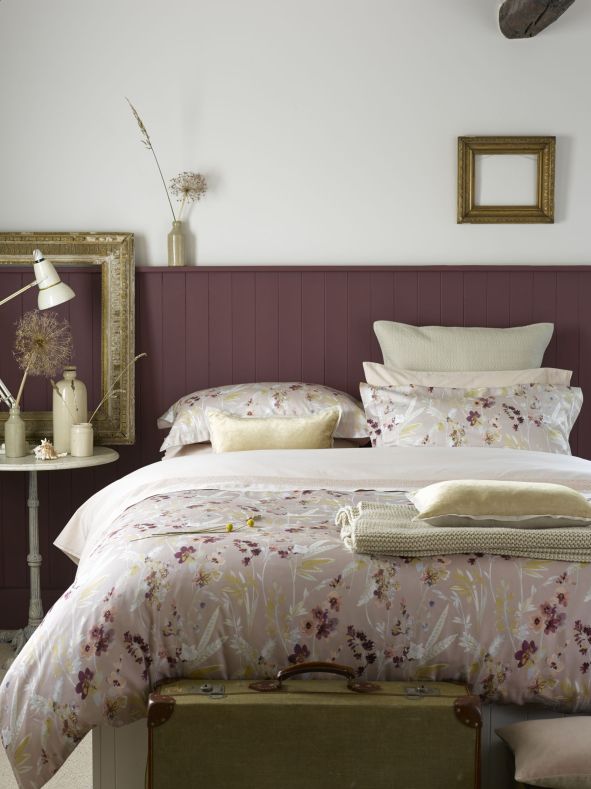
(Image credit: Christy)
For cohesion in a bedroom or living room space, paint half wall panels in a colour that is present in your soft furnishings and other decorative elements around the room. This purple tongue and groove panelling adds all the relaxed vibes to this bedroom space.
9. Complement white wall panelling
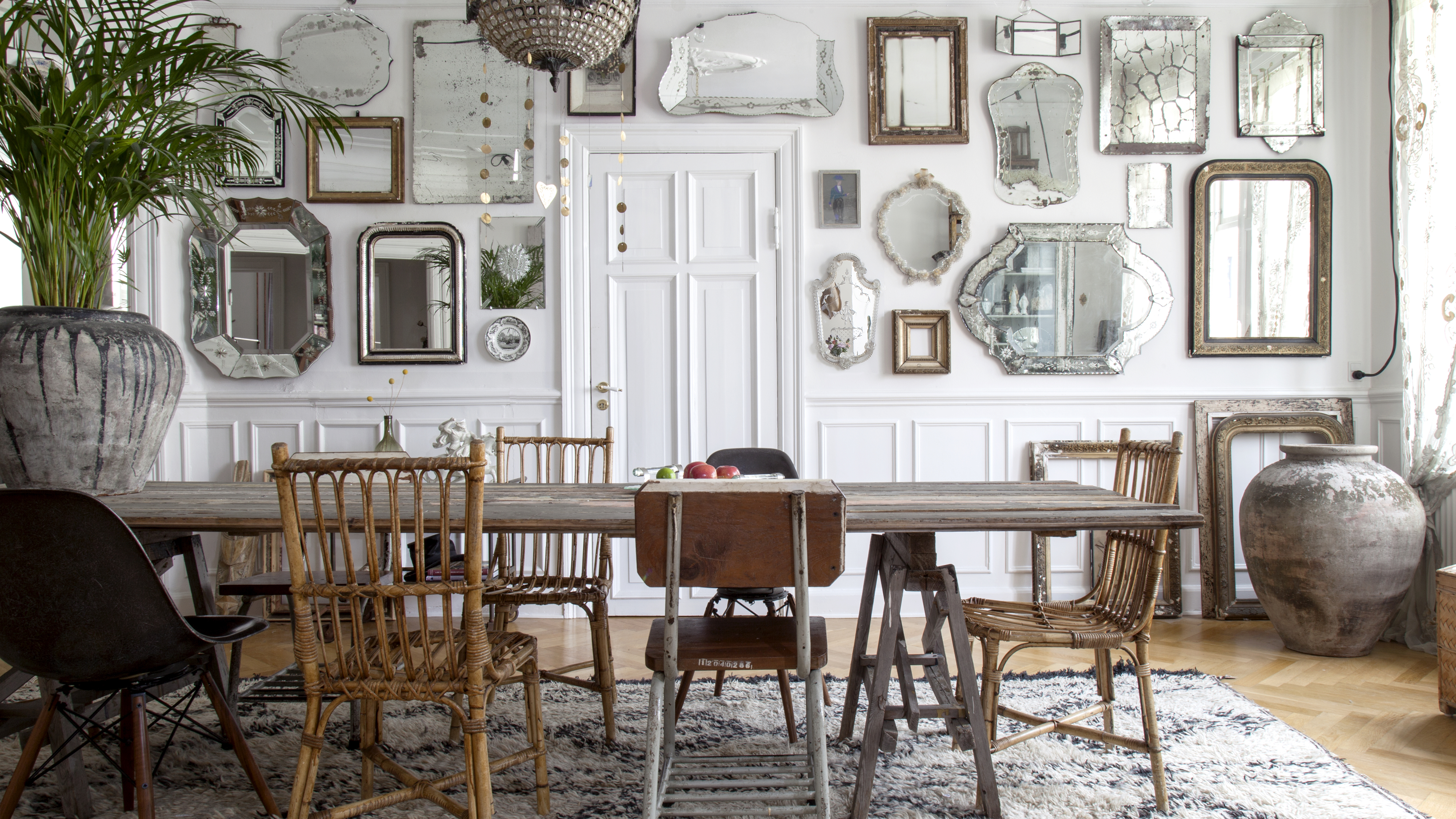
(Image credit: Iben and Niels Ahlberg/inagency.dk)
Add character to white wainscoting wall panelling using mirror ideas to create a gallery-esque finish. Not only does it look cool and clean cut but it also enhances the space.
10. Floor to ceiling oak wall panelling
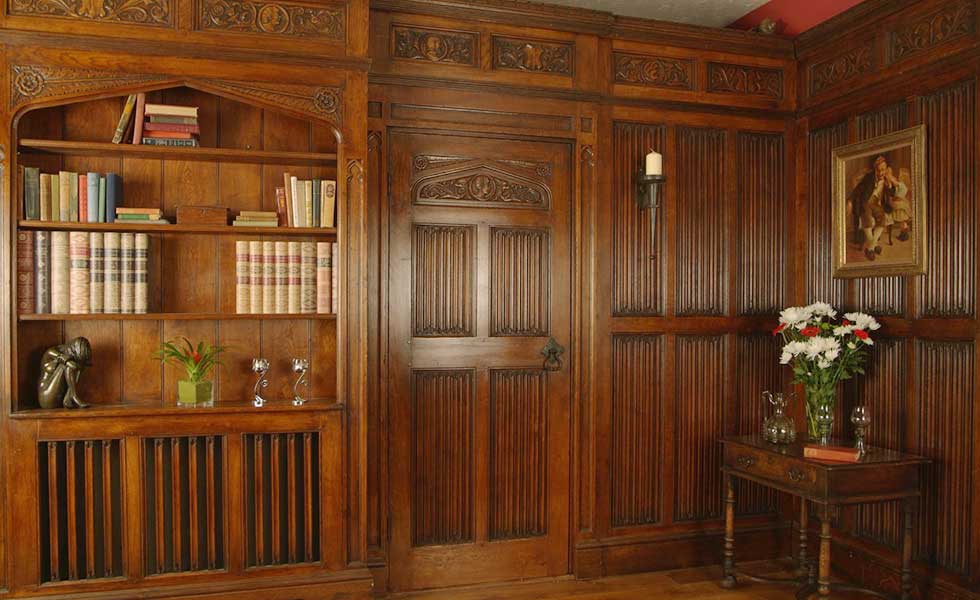
Traditional oak linenfold panelling, Distinctive Country Furniture shows how wood panelling for walls creates a timeless look
For a dramatic and almost gothic finish, consider wall panelling ideas of the past with floor to ceiling oak panels. This look is more expensive but will add charisma to your property, and possibly even increase your home's value, if you are working with a listed building.
11. Layer wall panelling with frames
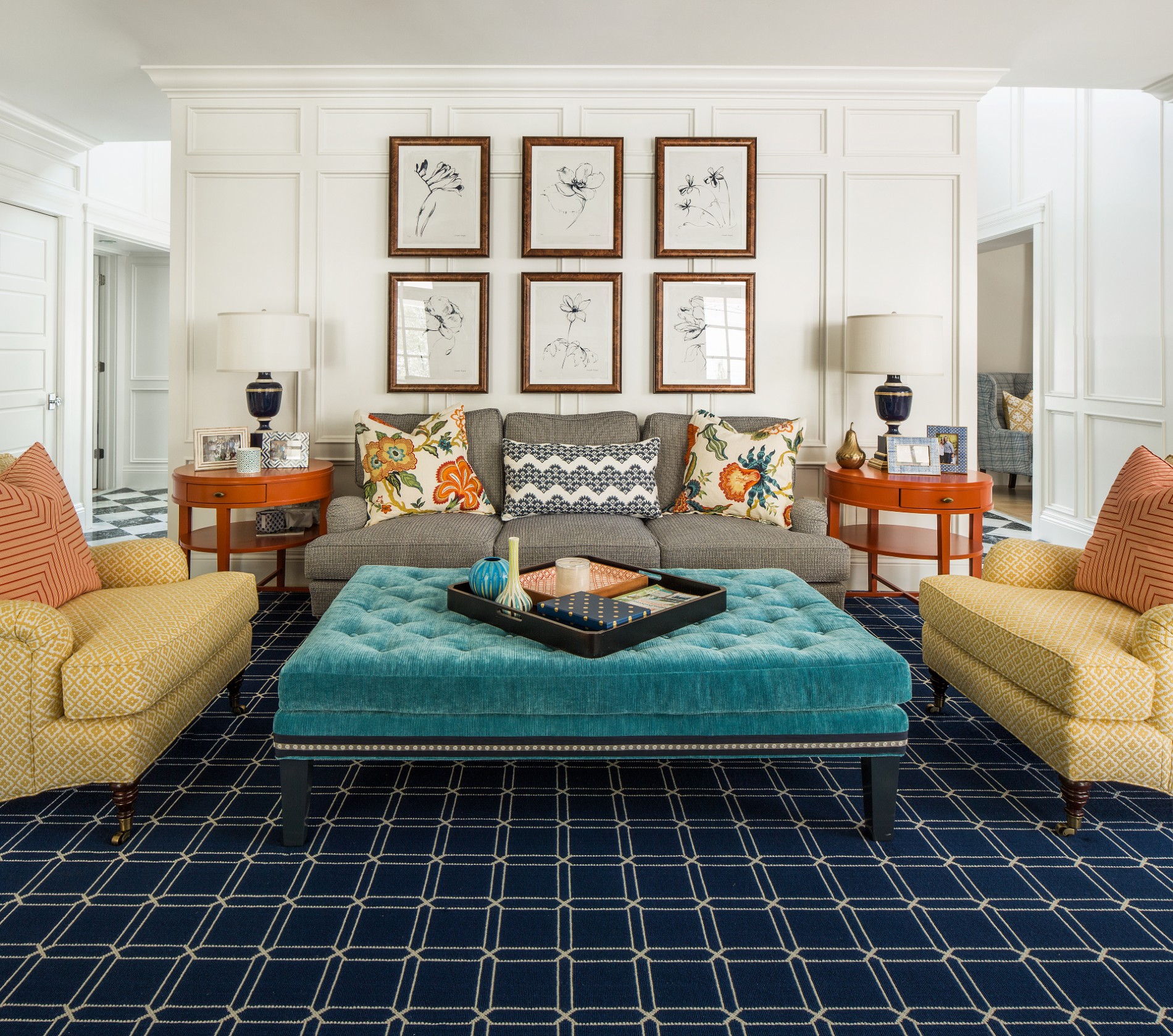
(Image credit: Project by: The Fox Group. Photography credit: Scott Davis.)
Wall panelling makes the perfect backdrop for gallery wall ideas also. Choose white or another colour that best complements the rest of your interiors, and the artwork you'll have on display, for a really modern look.
12. Pair wood with wallpaper
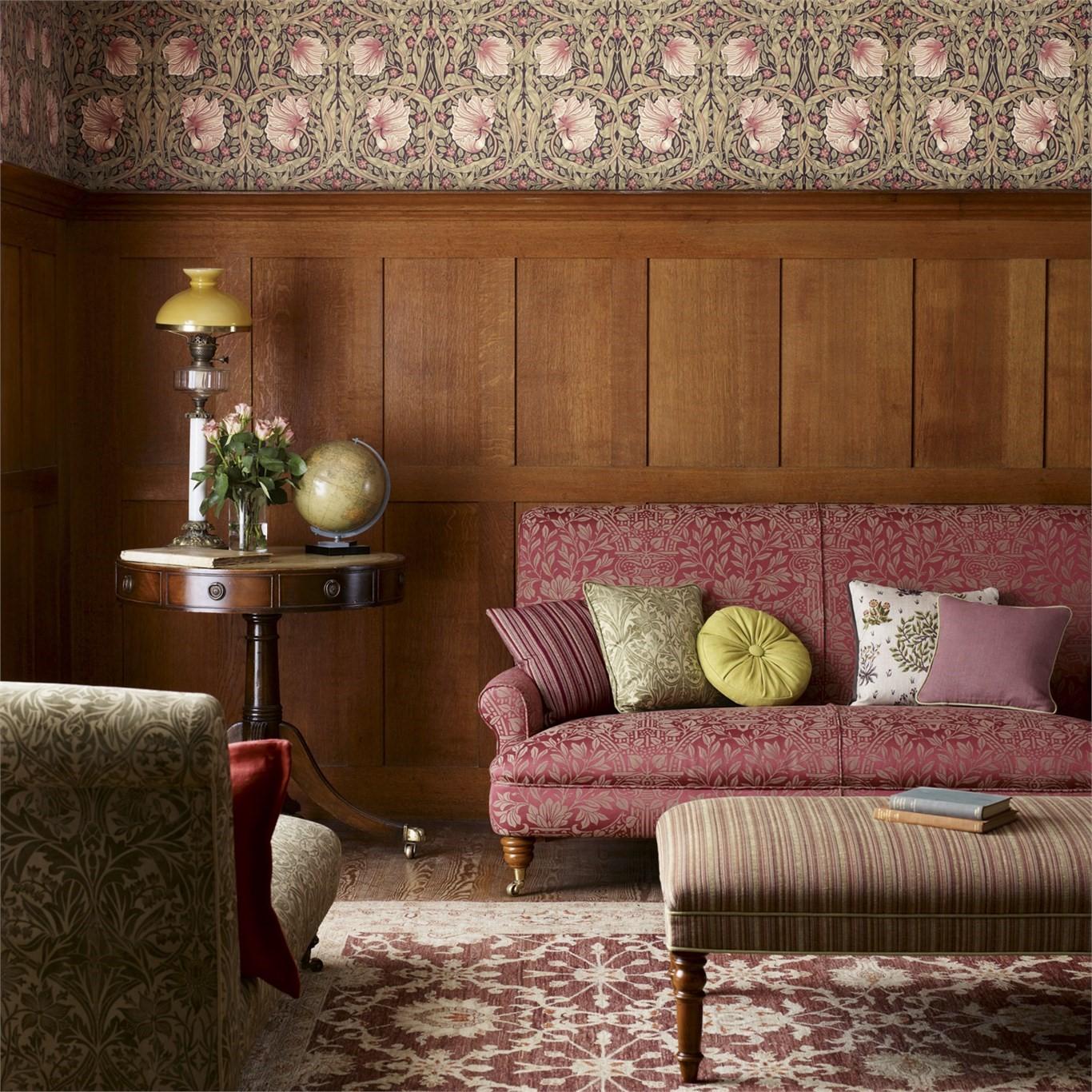
Pimpernel wallpaper in Aubergine/Olive, £72 per roll, Morris & Co highlights one of many gorgeous wall panelling designs available
(Image credit: Morris & Co)
The best wallpaper ideas often ride solo but if you choose a busy or floral pattern, teaming this with classic wall panels can actually complete the look and add a little more zest to traditional rooms that need it most.
13. Wallpapered wall panelling

(Image credit: Graham & Brown )
Another way to play with wallpaper and wall panelling ideas is to wallpaper over the panelling. An ideal DIY if you've inherited worn wood panelling and need a quick fix as those exposed grooves and trim will add design interest to every space.
14. Enhance space with 2D panelling
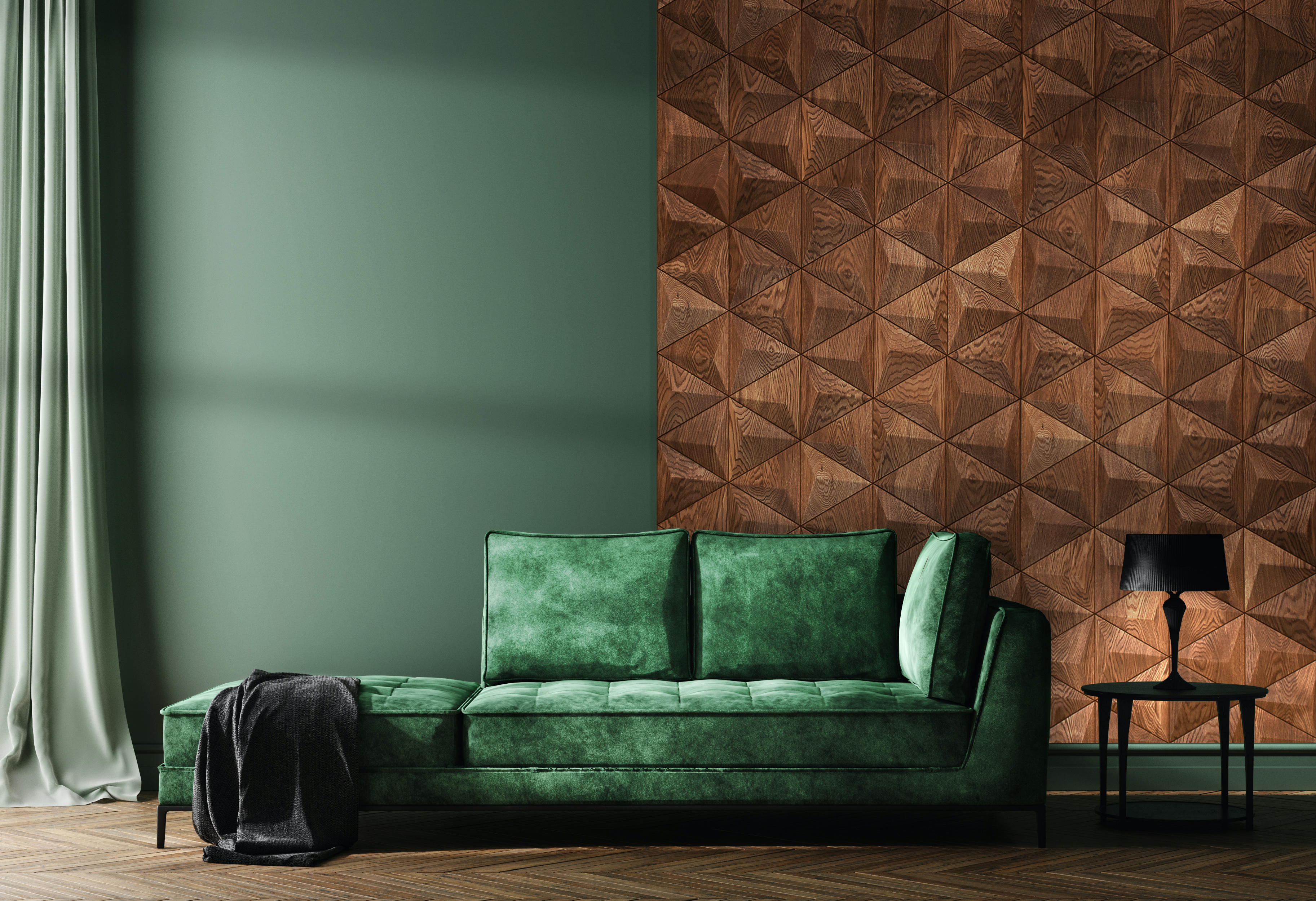
(Image credit: Teer & Co)
To enhance space with wall panelling, Simon Teer of Teer & Co says 'Unconventional wall panelling layouts and compositions, like those that can be achieved using our versatile 2D and 3D Wall Panelling, can also help retain a sense of space in a small room. These modern panelling systems allow creative minds to imagine and realise innovative feature wall installations that, when used in moderation, do not overwhelm but enhance small spaces and still bring the acoustic, microclimate and wellbeing benefits that we should look to integrate into our rooms.'
15. Lofty hallway wall panelling
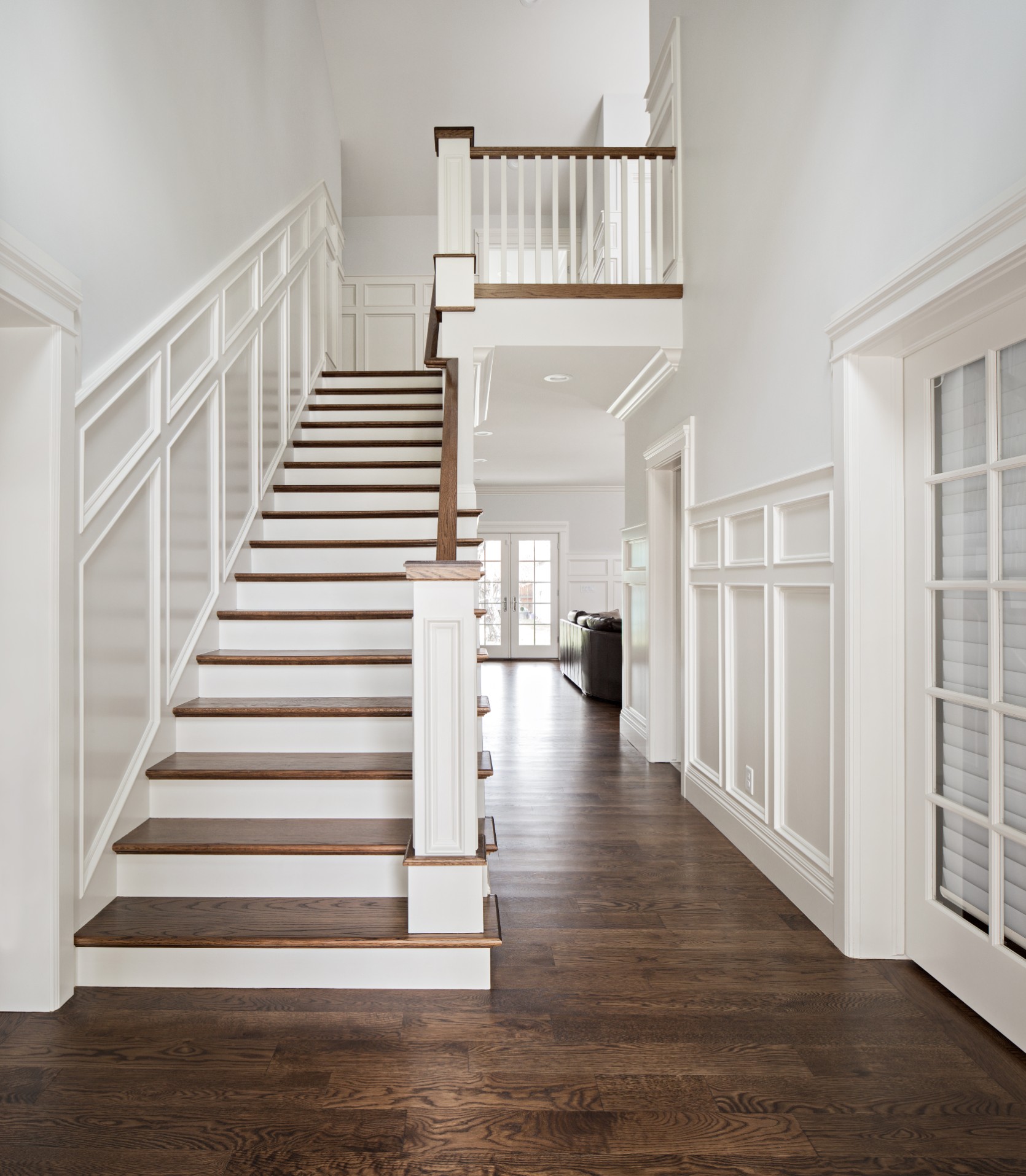
Project by: The Fox Group. Photography credit: Scott Davis
(Image credit: Project by: The Fox Group. Photography credit: Scott Davis.)
Half wall panelling up the staircase to match the rest of the hallway pulls the lofty appearance of this entryway together perfectly.
16. Art deco wall panelling
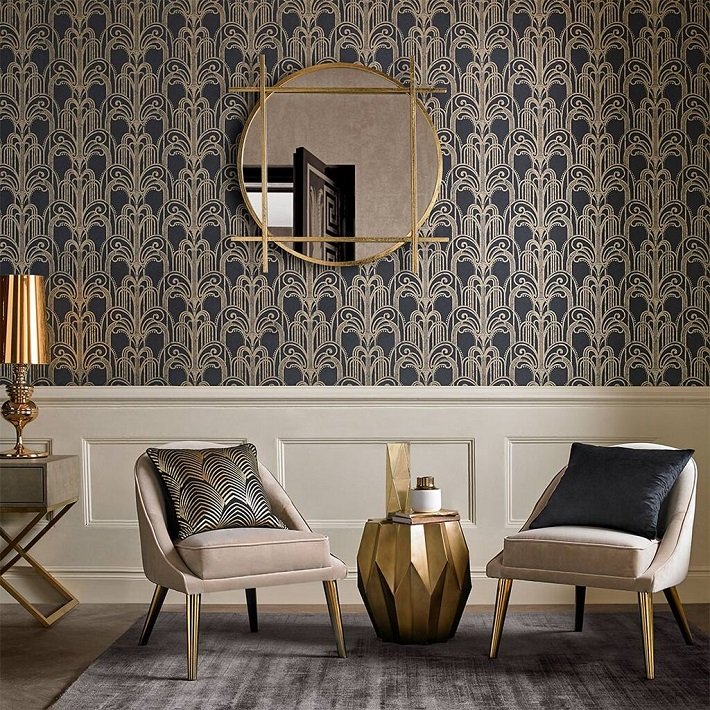
(Image credit: Graham & Brown)
We love art deco wall panelling ideas and this look is sure to lift both a period home or a contemporary space. Close to a feature wall design, the gold accents add a touch of luxury which are further complemented by the fresh ivory colour of the wall panels, making this a really decorative feature.
Is real wooden panelling or MDF panelling best?
Solid oak panelling is expensive, and tends to be newly fitted only where it is the true authentic option or when matching existing elements, which makes it wise to work with a specialist.
Solid oak panelling is expensive, and tends to be newly fitted only where it is the true authentic option or when matching existing elements, which makes it wise to work with a specialist.
Most wall panelling on the market today is made from MDF, with the intention that it is painted. Once fitted and painted, it would be difficult to distinguish it from real wood wall panels.
Provided the walls are fairly level, MDF panelling is easy to fit on a DIY basis. If the walls are uneven, they can usually be battened first. Ensure the company you are buying from offers good instructions before you invest.
Is wood panelling outdated?
'Of course, we typically find traditional style darker wood wall panelling in older historic buildings that is complementary to and simply 'of its time', which may be viewed by some as outdated but should be celebrated, maintained and remain largely in the original form it was created.
And then we see more modern day, contemporary and timeless geometric forms of timber wall panelling that will help us create a lighter, warmer, customised and characterful natural interior aesthetic whilst improving acoustics, the microclimate and positively impacting our mental, emotional and physical wellbeing.
These modern panelling forms allow us the versatility to design and install innovative feature wall installations that enhance contemporary environments, help us define and zone areas, and allow us to bring the outdoors in, naturally.' Adds Teer.
That said, being sensitive to the era of your home is key when you're looking to make changes to the interior such as adding panelling. If you live in a listed property, you should speak to the local conservation officer to see if panelling will be an acceptable addition.
As well as ensuring the design is right for your home's period, there are other aesthetic considerations. Where it is not used full height, panelling tends to look best fitted either a third or two thirds of the room's height (below), although this may be influenced by features such as fireplaces or windowsills.
You should also consider the size of the individual panel frames. Larger areas look good with bigger frame sizes, while small, awkward spaces tend to suit reeded panelling.
Does wall panelling make a room look smaller?
'This will depend on 1) the level of natural daylight, 2) the height of wall panelling, 3) the natural wood tone or colour palette if wall panelling is painted to finish, and 4) the tone of accompanying plain walls, ceiling and flooring.
Simply put, a lighter wood wall panelling tone, like ash or oak (or light colour palette if painted), will certainly help us avoid making a room feel smaller.
If we assume an average level of daylight into a small space: Low-medium height (up to 4ft) mid-tone wall panelling combined with a lighter tone wall above and ceiling with a light flooring tone will help ensure that wall panelling works in a small room.
Floor to ceiling height wall panelling is best applied in larger rooms and to create just one feature wall.' Notes Teer.
How much does wall panelling cost?
- Expect to pay around £300 to £400 per square metre for solid oak panelling, plus installation.
- Expect to pay around £25 to £50 per square metre for MDF panelling, which are best painted in water-based eggshell.
Buying reclaimed wood panelling
It is possible to purchase original wood panelling that has been salvaged from period properties. While it adds authentic aged character, quantity can be an issue. Be certain of your room's dimensions, and what proportions suit the style and period of your home.
A complete reclaimed room, including matching doors and sometimes a fireplace with overmantel, all restored and ready to install, will be a major investment. If this is the approach you want to take with panelling you could opt for more modest Victorian pine panels that require a mix and match approach.
Where there is low stock of wood wall panelling available, what you do find can sometimes still be used to replace missing panels in a larger run, but are often repurposed as something else, such as cupboard doors. If you come across a large quantity, you may find that the dealer will only sell the set, as complete suites are rarer and more valuable.
Where to buy new wall panelling
- Deacon & Sandys, Cranbrook, Kent. Handcrafts solid oak panelling with a particular expertise in 16th- and 17th-century designs.
- Stuart Interiors, Bath, Somerset. Designs, produces and carves all styles of solid oak panelling in its workshop then installs it on site.
- Distinctive Country Furniture, Martock, Somerset. Specialises in 16th, 17th and 18th century-style oak panelling, which it handmakes and fits on site.
- Finepanel.co.uk. Produces a range of MDF designs for home delivery, which are easy to install and paint.
- The English Panelling Company. Nationwide delivery of different styles of panelling for home installation and painting.
- Oakleaf, Keighley, West Yorkshire. Highly realistic aged oak-effect moulded panelling made using masters selected from 17th-century designs, and hand-stained.
- Wall Panelling Experts. Offers a wide range of options for home delivery including oak veneer, pine and water-resistant MDF.
A short history of wall panelling
Wall panelling originally served a practical rather than decorative purpose: in the days before insulation was used in buildings, applying an extra layer of timber would help to warm up rooms with cold stone walls, and would also cover up damp patches.
Early examples from the 13th Century tended to be plain vertical boards, but over time wood panelling evolved to become an art form and was often carved with beautiful designs. Today, you can choose between traditional polished wood and colourful painted MDF for the perfect period home interior.
Framed panelling became popular from the 14th Century, and was usually oak, which might be left plain or be carved with decorative detail. Elaborate linenfold designs, which resembled folded linen, emerged as a trend in the late 15th Century, while in Tudor and Jacobean times the fashion was for small squares or rectangles, with the wood either left unfinished or treated with wax or varnish. The panelling was often topped off with decorative carved capping.
In the Georgian era, panelling took on a more classic appearance, with larger, simple panels of painted softwood. Over the period, panelling for walls saw a change and full-height styles began to be replaced by dado-level panelling.
The Victorians continued this trend for shorter sections, although panelling did become less popular until the Arts and Crafts movement, where simple oak designs fitted up to head height were preferred.
More from Period Living
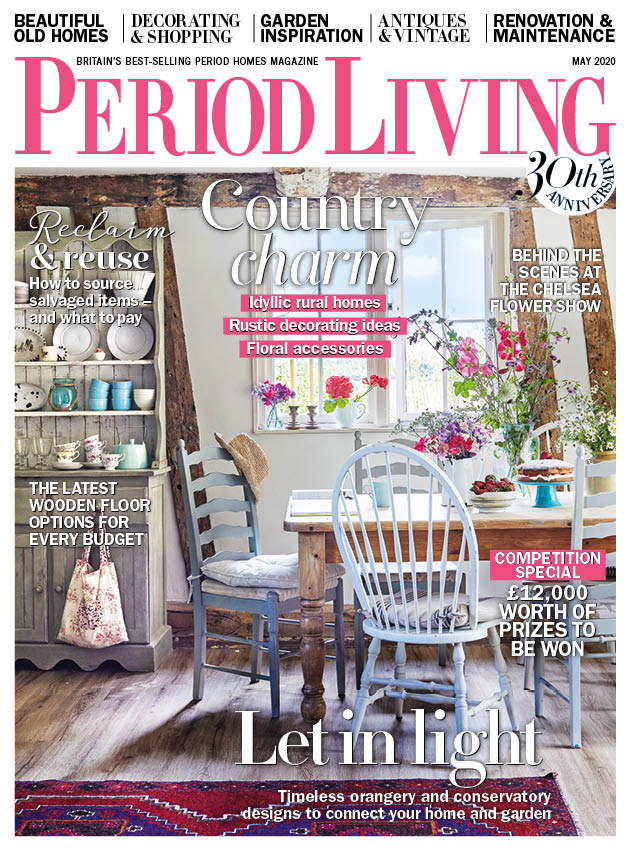
(Image credit: Period Living)
Period Living is the UK's best-selling period homes magazine. Get inspiration, ideas and advice straight to your door every month with a subscription.
Source: https://www.realhomes.com/design/wall-panelling-design


Posting Komentar